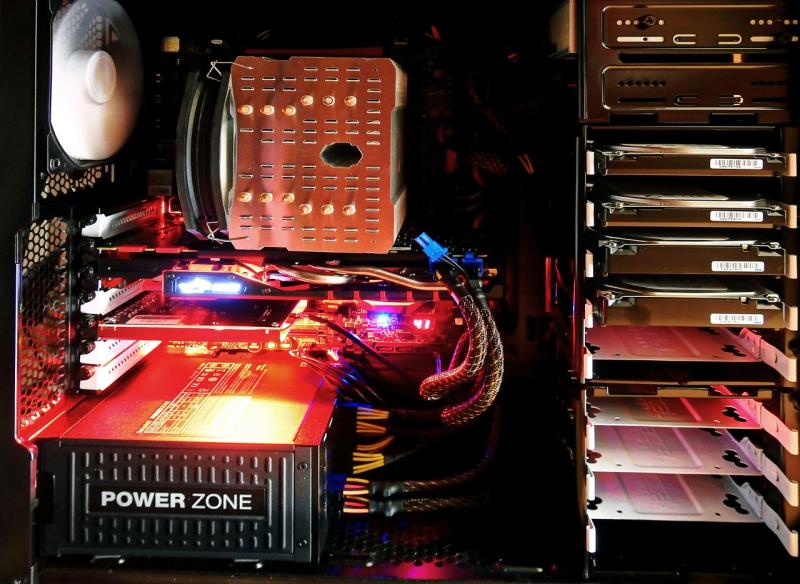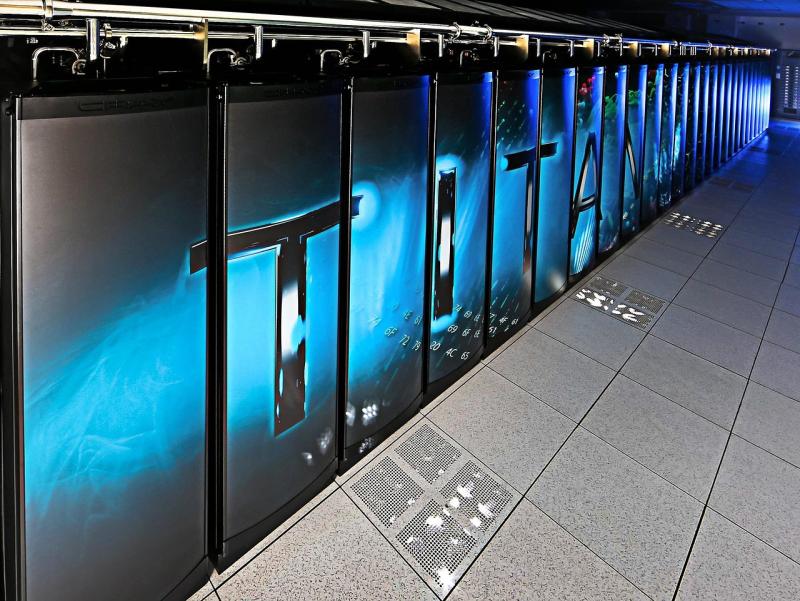Astrophysics and space science explore the mysteries of the universe, from the behavior of distant galaxies to the origins of cosmic phenomena. Workstations designed for this field empower researchers to process massive datasets, simulate celestial events, and visualize the cosmos with clarity. These systems combine computational power, advanced graphics, and secure data management to drive discoveries beyond Earth.
---
### **Decoding the Cosmos with Computational Precision**
Astrophysics requires solving complex equations, processing observational data, and modeling astronomical systems. Multi-core processors in these workstations handle intensive computations for tasks like gravitational simulations, dark matter modeling, and signal analysis with efficiency.
---
### **Visualizing the Vastness of Space**
High-performance GPUs enable detailed visualization of simulations, star maps, and cosmic events. These workstations render 3D models of galaxies, supernova explosions, and orbital mechanics, making it possible to study and present the universe in stunning detail.
---
### **Memory for Large-Scale Simulations**
Astrophysics research often involves massive datasets from observatories and simulations, such as star catalogs and spectral analyses. With RAM configurations up to 1TB, these workstations manage data-intensive tasks seamlessly, allowing researchers to focus on expanding knowledge.
---
### **Secure Data Management for Celestial Discoveries**
Astrophysics projects generate critical data from telescopes, satellites, and computational models. These workstations combine ultra-fast NVMe SSDs for active workflows with high-capacity storage solutions for archiving and sharing research data securely.
---
### **Optimized for Space Science Software**
Built for tools like MATLAB, Python libraries (e.g., NumPy, SciPy), and specialized astrophysics platforms, these workstations enable efficient workflows for analyzing cosmic phenomena, visualizing results, and developing theoretical models.
---
### **Applications Across the Universe**
- **Cosmology:** Study the origins, evolution, and large-scale structure of the universe.
- **Exoplanet Research:** Analyze data to identify and characterize planets beyond our solar system.
- **Astroinformatics:** Process and analyze big data from telescopes and space missions.
- **Stellar Dynamics:** Simulate the formation, motion, and interactions of stars and galaxies.
- **Space Exploration:** Plan missions, model spacecraft trajectories, and analyze planetary surfaces.
---
### **Durable for Extended Research**
Astrophysics research requires prolonged computations and continuous analysis. Built with industrial-grade components and advanced cooling systems, these workstations maintain consistent performance during long-term simulations and data processing.
---
### **Future-Ready for Galactic Discoveries**
As astrophysics integrates AI-driven analyses, quantum computing, and next-generation observatories, these workstations are designed for scalability. Modular architectures ensure researchers can upgrade GPUs, processors, and memory to meet future challenges.
---
**Unveiling the Mysteries of Space**
Workstations for astrophysics and space science empower researchers to expand humanity's understanding of the cosmos. By combining computational power, precise visualization tools, and reliable data management, these systems enable groundbreaking discoveries that redefine our place in the universe. From exploring distant galaxies to uncovering the secrets of dark matter, these workstations are the tools of celestial exploration.
View our related products
See more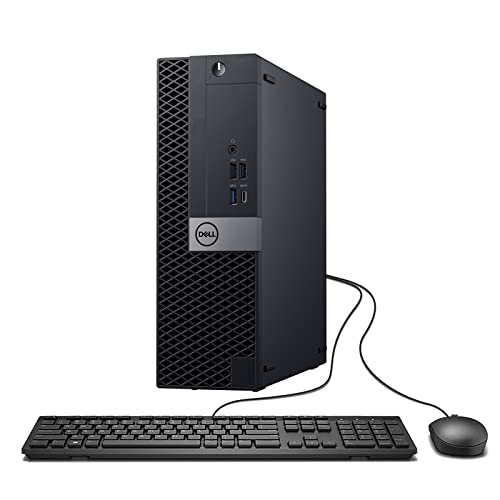
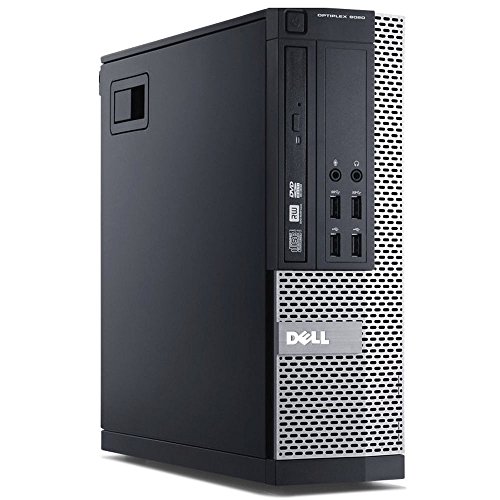
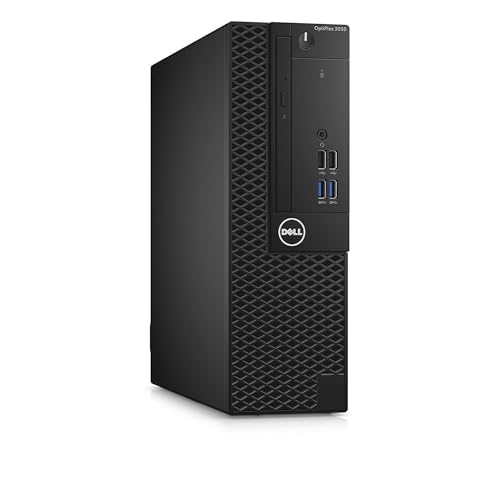
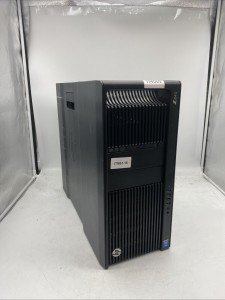
Exploring the Universe: Workstations for Astrophysics and Space Science
Find the Perfect Setup for Your Cosmic Adventures
Related Articles
Essential High-Performance PC Components You Need Now
Upgrade your setup with the must-have parts for unbeatable gaming and productivity
Top Picks for Best High-Performance PCs
Find the perfect power machine for gaming, work, or creative projects
Your Guide to the Best High-Performance PCs
Find the Right PC for Your Gaming and Creative Needs
View our related products
See more



